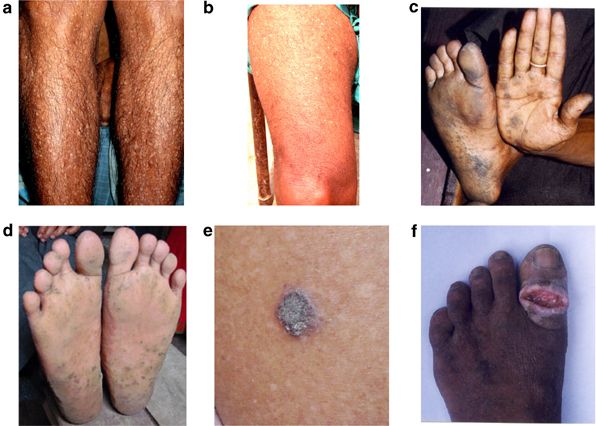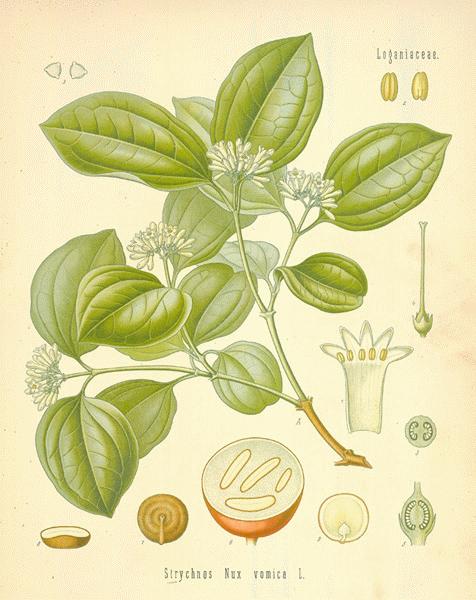Simplified Approach to Post Mortem Findings in Toxicology –With Mnemonics

Toxicology is one of the less discussed and underrated topics in Forensic Medicine during entire 3rd year. Due to hectic postings and classes in Major subjects, most of the medical students often miss studying this topic until the board exam approaches the door. From exam point of view, Toxicology is really important subject as it carries significant amount of marks. Since it contains wide range of topics, it is impossible to finish studying everything during exam preparation hours.
The list and tables given below will save much of your time spent in memorization during the final exam so that you will be able to spend remaining time in other untouched topics. This approach is framed in systemic way so that it will be easier to remember.
Cardiovascular System and Associated Poisonings
Mnemonic- CDE
| Post Mortem Changes
(CDE) |
Associated Poisoning |
| C –Cardiac Hypertrophy |
|
| D-Dilated Cardiomyopathy |
|
| E-subEndocardial Hemorrhage |
|
Respiratory System and Associated Poisoning
There are 2 important findings and associated poisoning in the Respiratory Tract. Remember those using the Following Visual Mnemonic Aid.

Brain and Associated Poisoning
| Post Mortem Findings | Associated Poisoning |
| Brain is edematous and congested |
P-Phenol O-Opium E-Ethanol M-Mushroom |
| Cerebellar Hemorrhage and Necrosis |
A-Arsenic B-Barbiturate C-Carbon Monoxide |
Post Mortem Findings in Kidney
| Post Mortem Findings | Associated Poisoning |
| Parenchymatous Degenerative Changes |
M-Mercury B-Barbiturate A-Alcohol |
| PCT(Proximal Convoluted Tubule) Necrosis |
P-Phenol P-Plumbum (Latin name for Lead) |
| Hemorrhagic Nephritis |
|
The Gastrointestinal Tract
| Post Mortem Findings | Associated Poisoning |
| Esophagus-> Congestion, Corrosion and Inflammation |
M-Mercury A-Acids & AlP4 P-Phenols |
| Stomach-> Hyperemia and congestion of mucous membranes |
B-Barbiturate I-Irritants L-Lead E-Ethanol S-Strychnine |
| Stomach-> Color Stains |
|
| Stomach-> Presence of seeds/capsule/powder |
|
Liver, the organ of Chronic Alcohol:
Important Post Mortem Findings include:
- Congestion
- Fatty Infiltration
- Cirrhosis
Viscera and internal organs are congested???
There is an obvious temptation to write the above statement at the end at any poisoning question during exams but we need to careful as irrelevant statements might irritate some examiners. The most important ones where it should not be missed can be remembered by mnemonic “SCABO”
S-Strychnine
C-Cocaine
A- Acute Alcohol, Aluminum Phosphide
B- Barbiturate
O-Opiate, Organophosphate
Author Bio-
Binay Kafle
Final MBBS Student
KIST Medical College
References:
-The Essentials of Forensic Medicine and Toxicology, K.S Reddy -Death and Deduction: A Reasoned Approach to Forensic Pathology, AJ. Chapman







2 Comments
Oesophagous congestion by alkali..oesophagus is usually resistant to acid
Thanks for this invaluable contribution
Comments are closed.